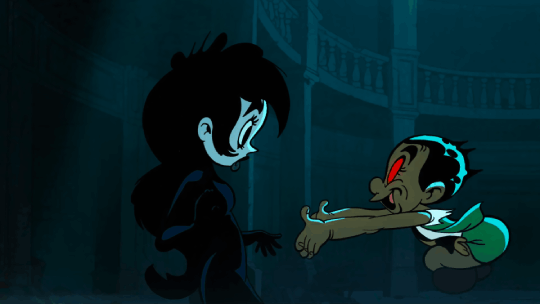#Copernicus'
Explore tagged Tumblr posts
Photo

Astronomy in the Scientific Revolution
The astronomers of the Scientific Revolution rejected long-held theories of ancient thinkers like Claudius Ptolemy and Aristotle and instead set out to systematically observe the heavens in order to create a model of the universe that fit observable facts rather than preconceived theories.
Astronomers like Nicolaus Copernicus, Tycho Brahe, Galileo Galilei, Johannes Hevelius, Edmond Halley, Christiaan Huygens, Johannes Kepler, and Isaac Newton were determined to use observation, scientific instruments, and mathematics to reconcile theory, phenomena, and data and increase our knowledge of the world around us.
Aristotle & Ptolemy v. Scientific Method
Astronomy had interested many ancient thinkers, but two views of the universe dominated and endured right through the Middle Ages. These were the models proposed by Aristotle (384-322 BCE) and Ptolemy (c. 100 to c. 170). Aristotle's model had the planets move in a uniform way through an undefined medium of invisible spheres, always at fixed distances from Earth, the central point. Ptolemy proposed that planets moved within a small circular orbit of their own (epicycle) while still following a larger orbit (deferent) around a fixed central point, the Earth (equant). Perfect circles reflected the perfection of the Creator, and Earth's position at the very centre of it all reflected the belief in humanity's importance. These models survived antiquity and held a seemingly iron grip on the minds of medieval astronomers. The problem, though, was that they left many questions unanswered. The Scientific Revolution was all about questioning age-old beliefs, putting them to the test of observable phenomena, and expressing these findings in the new international language of mathematics. Findings were then shared with and scrutinised by independent thinkers. This idea, or something similar, had first been proposed by Francis Bacon (1561-1626).
In the new scientific method, astronomy led the way over all other fields. The astronomers were on the lookout for new, more satisfactory answers to age-old puzzles. No longer were they satisfied with 'saving the phenomena,' that is the mere measuring of celestial motions, now they began to use their precision scientific instruments to challenge the natural philosophers. The astronomers wanted to prove their own models of just how the universe works.
Continue reading...
50 notes
·
View notes
Link
For our exclusive NordVPN deal (as explained by Andrew) simply visit www.nordvpn.com/spacenuts - you'll be glad you did! Timestamped summary of this episode: 00:00:00 - Introduction and Peregrine Moon Lander Andrew Dunkley introduces the episode and discusses the recent launch of the Peregrine moon lander, which has encountered a mission failure problem. 00:03:48 - Issues with Peregrine Moon Lander Fred Watson discusses the issues faced by the Peregrine moon lander, including the inability to charge its batteries and critical propellant loss, leading to doubts about its planned lunar landing. 00:11:00 - Search for Copernicus's Remains Fred Watson dives into the fascinating search for the remains of Nicholas Copernicus, the renowned astronomer and mathematician, highlighting the historical significance and efforts to identify his burial site. 00:14:16 - Discovery of Copernicus's Skeleton Fred Watson details the discovery of a skeleton near the altar of the Holy Cross in Frombork Cathedral, believed to potentially belong to Copernicus, and the subsequent genetic analysis to confirm its identity. 00:15:41 - DNA Analysis and Book Reference The discussion continues with the challenges of conducting DNA analysis for confirming Copernicus's remains, as well as the unexpected discovery of a book used by Copernicus, adding further depth to the search for his identity. 00:16:36 - Unveiling Copernicus' Skeleton Researchers in Sweden used genetic material from hairs found in a book to match them with Copernicus' teeth and bones, providing strong evidence of his identity. 00:18:47 - The Vasa Ship and its Tragic Fate A brief discussion about the Vasa, a 17th century sailing ship that sank on its maiden voyage in Stockholm due to a lopsided weight distribution and other theories. 00:20:37 - The Identification of Nicholas Copernicus After confirming the identity of Copernicus' skeleton, it is likely that the bones have been reburied, marking a significant breakthrough in science history. 00:21:31 - Mystery of Titan's Ghost Islands Cassini's radar imaging of Titan revealed temporary bright patches in the seas, sparking theories about their composition and behavior, shedding light on the mysteries of this alien world. 00:29:33 - Quantum Entanglement and Additional Dimensions Rusty's question about quantum entanglement prompts a discussion on the potential existence of additional dimensions and ongoing research into fundamental physics, including the search for dark matter and dark energy. 00:34:20 - Quantum Confusion Discussion on the complexity of quantum-related topics and the potential for confusion in understanding them. 00:35:16 - Planetary Formation Explanation of how the location of the frost line in the solar system led to the differentiation between rocky and gas giant planets. 00:38:08 - Ice Planets and Dwarf Planets Exploration of the composition of dwarf planets and how the distance from the sun impacted their formation and characteristics. 00:40:58 - Solar System Variations Consideration of the variability of planetary formations in other solar systems compared to the unique characteristics of our own solar system. 00:42:28 - Uncharted Territories Contemplation of the possibility of undiscovered elements in the outer reaches of the solar system and the ongoing search for new celestial bodies. Join us as we delve into the recent mission failure of the Peregrine moon lander and the search for the lost grave of Copernicus. But just when it seemed like we might unravel the mysteries of the universe, a shocking turn of events leaves us hanging in the balance. Are we on the brink of a groundbreaking discovery, or will the secrets of space remain elusive? In this episode, you will be able to: · Explore the intriguing challenges of space missions. · Uncover the details behind the Peregrine moon lander mission failure. · Join the search for the lost grave of Copernicus. · Delve into the mysteries of the islands on Titan. · Discover the fascinating connection between quantum entanglement and inner planet composition. ‘We're getting there bit by bit. So what we're piecing together about our solar system is a pretty big encyclopedia's worth now.’ - Andrew Dunkley Uncovering the ongoing search for Copernicus' grave The historical figure of Nicholas Copernicus, renowned for his influential heliocentric model, remains shrouded in mystery due to the persistent enigma of his burial site. This unmarked grave exemplifies the complexities faced in historical astronomical study, considering even the famed Napoleon expressed interest in its discovery. The revelation of Copernicus' final resting place will not only pay homage to his contributions but also aid a deeper understanding of his era. The resources mentioned in this episode are: · Visit the Space Nuts website to send in your questions. Click on the Send us your questions link on the right-hand side or click the AMA tab to upload a text or audio question. · Sign up to be a patron if you are interested in supporting Space Nuts. All the details are available on the website. · Check out the Space Nuts shop for some great products and books, including those by Professor Fred Watson. · Listen to the Space Nuts podcast on Apple Podcasts, Spotify, iHeartRadio, or your favorite podcast player. You can also stream on demand at www.bitesz.com · Explore the Space Nuts website for more information and to see what's available in the shop.
#composition#copernicus'#entanglement#enterprise#exploration#grave#inner#islands#mission#mysterious#nasa#planets#private#quantum#solar#space#system#titan's#unknown
0 notes
Text
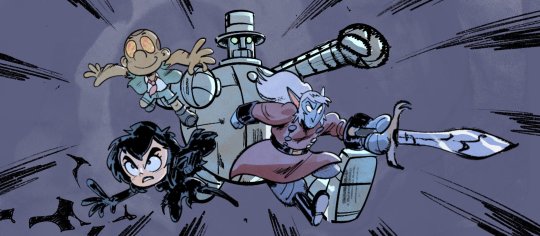



Unicorn Warriors Eternal art by some of the animators! In order of the artwork: Ian Higginbotham, Darius Richardson, Tara Billinger, & Iva Zahova
#unicorn warriors eternal#uwe#Melinda#Emma Fairfax#Seng#Alphie#Dimitri Dynamo#Copernicus#Ian Higginbotham#Darius Richardson#Tara Billinger#Iva Zahova#animation#animators#art#adult swim#cartoon network#genndy tartakovsky#Edred
3K notes
·
View notes
Text
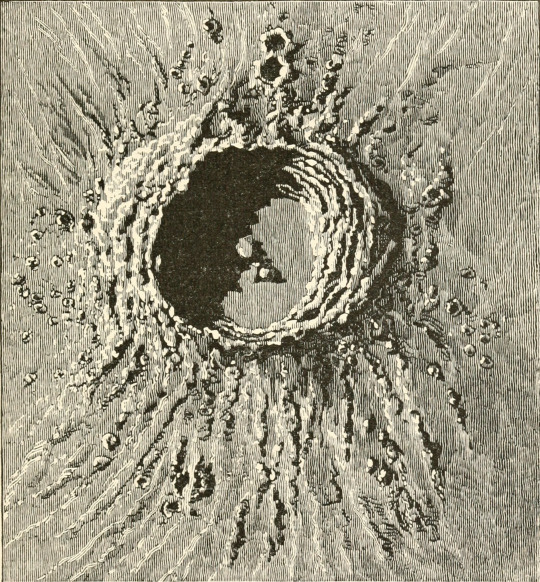
The moon's Copernicus crater. Through magic glasses. 1890.
Internet Archive
1K notes
·
View notes
Photo



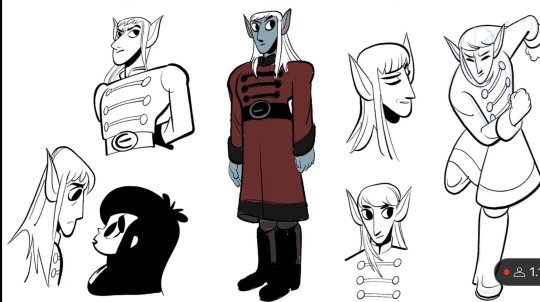
Character Sheets from Unicorn warriors Eternal. All of them are incredible for different reasons but Emma is my fave. Amazing silhouette, super minimal just being a black void of color with no light or shading. Using the negative space to give her body shape is such a nice touch.
#unicorn warriors eternal#genndy tartakovsky#uwe#melinda#alfie#copernicus#edred#toonami#character design
2K notes
·
View notes
Text





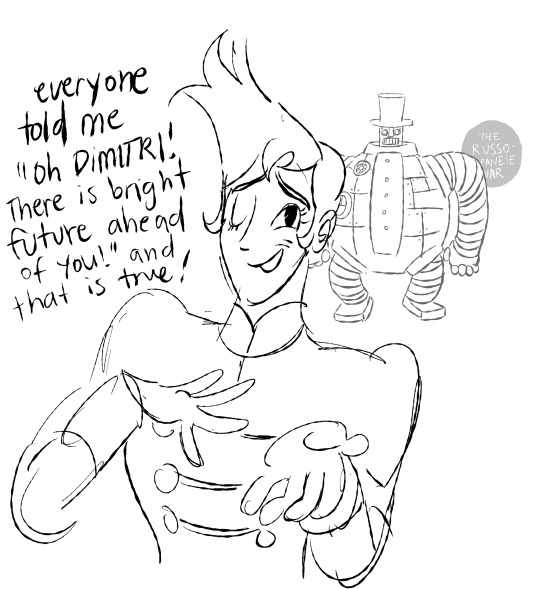





a collection of (some) of my uwe fanart, both in my style and on-model(which is very fun to draw in)
i dont even like edred that much, he's just fun to draw. i like dimitri and original melinda the most.
#uwe#unicorn warriors eternal#seng#alfie#emma fairfax#dimitri dynamo#edred#winston#copernicus#my art
2K notes
·
View notes
Photo
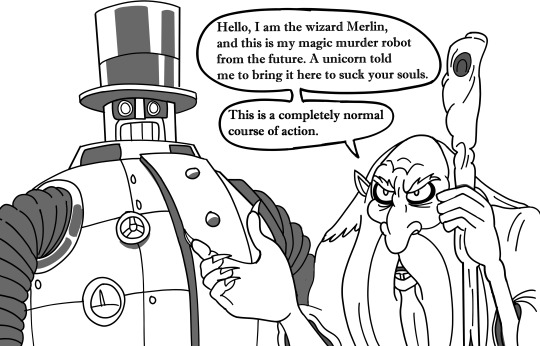
Unicorn warriors eternal is crazy
2K notes
·
View notes
Text
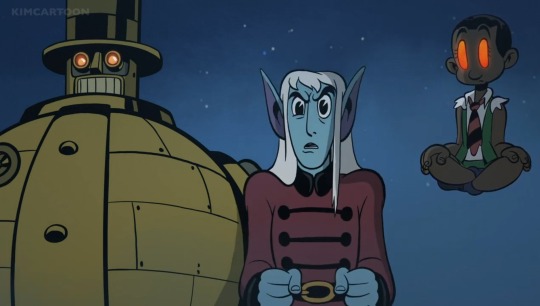


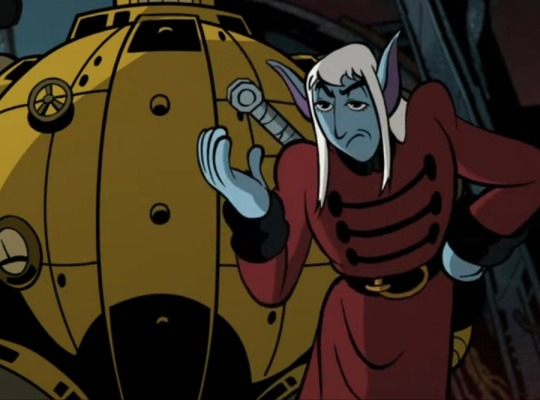

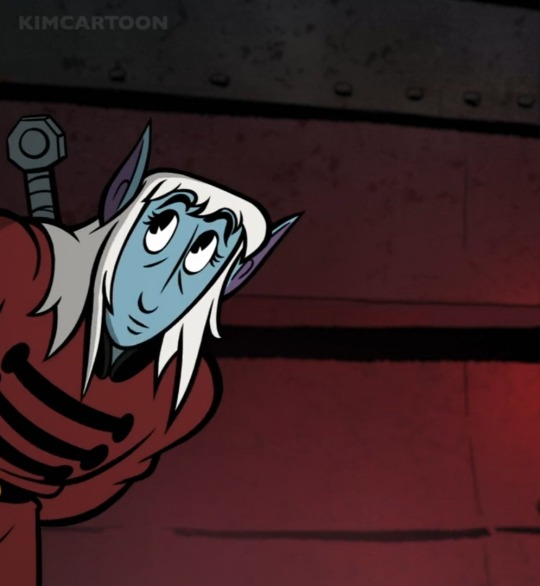




Edred once again being a goldmine of expressions
#unicorn: warriors eternal#unicorn warriors eternal#unicorn warriors eternal spoilers#uwe#uwe spoilers#edred#edred the warrior elf#winston#Copernicus#seng the cosmic monk#seng#genndy tartakovsky#adult swim#toonami
1K notes
·
View notes
Text







He was so insufferable this episode i love him
1K notes
·
View notes
Photo

a bunch of sketches (in the upper left corner is Edred in Winston’s body)

they sang a lullaby for Alfie (and Emmelinda really liked Edred’s voice)
bonus because I like Edred’s face here

#unicorn warriors eternal#uwe#emma fairfax#melinda#dimitri dynamo#edred#uwe alfie#seng#uwe winston#copernicus#my art
1K notes
·
View notes
Photo

Astronomy in the Scientific Revolution
The astronomers of the Scientific Revolution rejected long-held theories of ancient thinkers like Claudius Ptolemy and Aristotle and instead set out to systematically observe the heavens in order to create a model of the universe that fit observable facts rather than preconceived theories.
Astronomers like Nicolaus Copernicus, Tycho Brahe, Galileo Galilei, Johannes Hevelius, Edmond Halley, Christiaan Huygens, Johannes Kepler, and Isaac Newton were determined to use observation, scientific instruments, and mathematics to reconcile theory, phenomena, and data and increase our knowledge of the world around us.
Aristotle & Ptolemy v. Scientific Method
Astronomy had interested many ancient thinkers, but two views of the universe dominated and endured right through the Middle Ages. These were the models proposed by Aristotle (384-322 BCE) and Ptolemy (c. 100 to c. 170). Aristotle's model had the planets move in a uniform way through an undefined medium of invisible spheres, always at fixed distances from Earth, the central point. Ptolemy proposed that planets moved within a small circular orbit of their own (epicycle) while still following a larger orbit (deferent) around a fixed central point, the Earth (equant). Perfect circles reflected the perfection of the Creator, and Earth's position at the very centre of it all reflected the belief in humanity's importance. These models survived antiquity and held a seemingly iron grip on the minds of medieval astronomers. The problem, though, was that they left many questions unanswered. The Scientific Revolution was all about questioning age-old beliefs, putting them to the test of observable phenomena, and expressing these findings in the new international language of mathematics. Findings were then shared with and scrutinised by independent thinkers. This idea, or something similar, had first been proposed by Francis Bacon (1561-1626).
In the new scientific method, astronomy led the way over all other fields. The astronomers were on the lookout for new, more satisfactory answers to age-old puzzles. No longer were they satisfied with 'saving the phenomena,' that is the mere measuring of celestial motions, now they began to use their precision scientific instruments to challenge the natural philosophers. The astronomers wanted to prove their own models of just how the universe works.
Continue reading...
22 notes
·
View notes
Text








Humanized Sunspot art compilation I’ve done based on the blog I have @the-star-of-copernicus
82 notes
·
View notes
Text
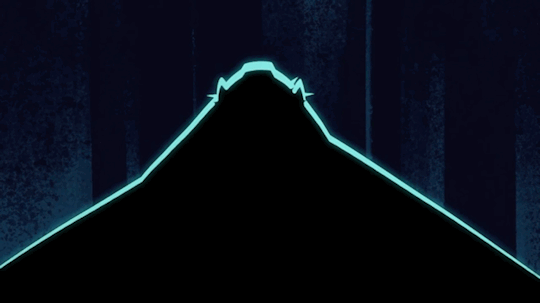
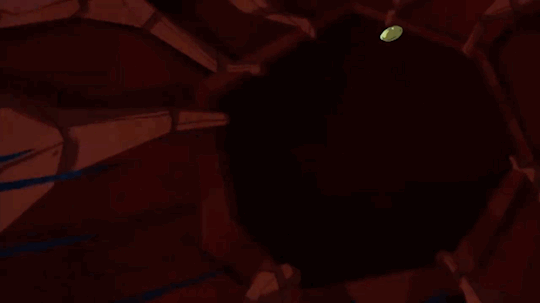
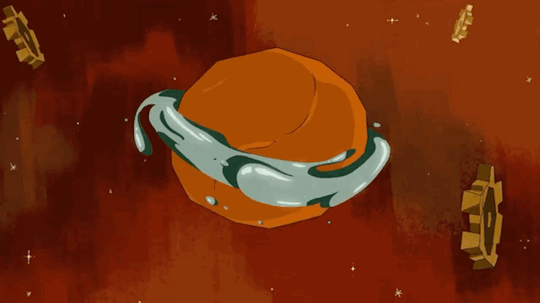
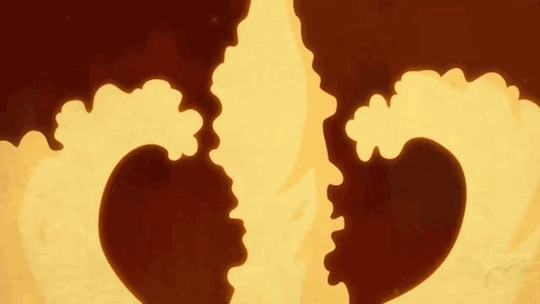
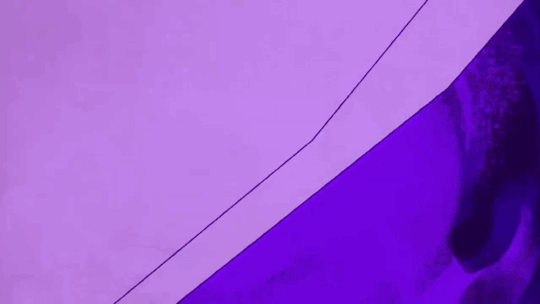

Unicorn: Warriors Eternal bumper on Adult Swim
#unicorn warriors eternal#uwe#merlin#copernicus#Alfie#Seng#edred#dimitri dynamo#emma fairfax#Melinda#lady fox#Uweedit#Unicornwarriorseternaledit#animation#animationsource#genndy tartakovsky#my edit#gif
2K notes
·
View notes
Text







some of my oldest ocs! updating them for artfight :)
#art#anthro art#anthro#kung fu panda oc#artfight#technically#fantasy art#furry#furry art#names are from left to right: mac/crescent/ziba/marmalade;copernicus;sleet;silverfang#character design
114 notes
·
View notes
Text


Two suns with different personalities from volume one of our Blaeu Atlas. One leonine as it sits in the center of a diagram of Copernicus' model, the other pensive as it rises over Tycho Brahe's observatory.
55 notes
·
View notes

